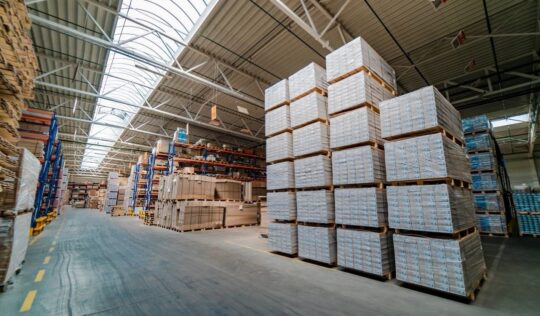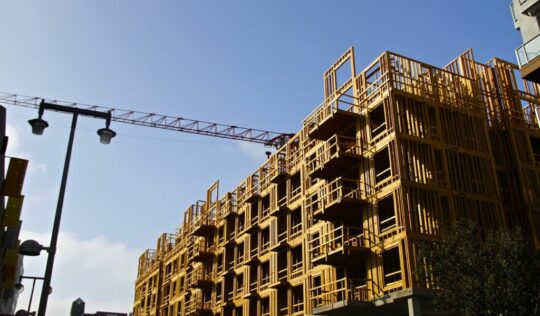Developers and building owners should pay attention to the safety requirements of the building. Among the building safety requirements according to Law Number 28 of 2002 is the ability of the building to prevent and overcome fire hazards.
The lack of understanding about the dangers and prevention of fires often triggers a bad fire fighting system. Besides being able to disrupt the quality of building property, the main danger of fire is poisoning due to smoke inhalation and death from burning.
Building Fire Grade Classification
The Decree of the Minister of Manpower of the Republic of Indonesia No: KEP.186/MEN/1999 concerning the Fire Fighting Unit in the Workplace classifies the level of fire, namely as follows.
- Minor fire hazard
This workplace has a low number and flammability. If a fire occurs, then the heat is low and the fire spreads slowly. For example, restaurant buildings, libraries, hotels, institutions, hospitals, museums, offices, educational buildings, housing, nursing buildings, and prisons.
- Medium fire hazard 1
The workplace has a moderate amount and flammability, and the stockpile is about 5 meters high. If a fire occurs, it releases a moderate level of heat. Among them are beverage factories, gem factories, canneries, parking lots, electronics factories, bakeries, used goods factories, and others.
- Medium fire hazard 2
This kind of workplace which has a moderate amount and flammability, stockpiles materials with a height of more than 4 meters. In the event of a fire, it will release moderate heat.
Among these are library warehouses, ceramics factories, tobacco factories, foodstuff factories, printing and publishing, machine shops, refrigeration warehouses, wood assembly, metal processing, refineries, grocery factories, leather goods factories, textile factories, motor vehicle assembly, chemical factories (chemicals with moderate flammability), shops with less than 50 salespeople, and others.
- Medium fire hazard 3
This workplace has a high number and flammability. If a fire occurs, it releases high heat, so the fire spreads quite quickly.
For example, tobacco factories, candle factories, studios and transmitters, plastic goods factories, warehouses, aircraft factories, shops with more than 50 salespeople, sawmills and wood processing, dry food factories from flour, oil factories, and others.
- Serious fire hazard
These locations have high flammability and quantity, storing liquids, fibers, or other materials. In the event of a fire, the fire spreads rapidly with high heat.
For example, chemical factories with high flammability, spinning yarns or fabrics, sawmills with finishing using combustible materials, fireworks factories, match factories, paint factories, firecracker factories, and others.
Regarding building safety requirements, Law No. 28 of 2002 states that all buildings other than residential buildings must be equipped with passive and active protection systems.
For this reason, in new and used buildings, regarding the procurement, inspection and maintenance of fire hazard protection facilities, it is very necessary. The goal, of course, is for the safety of life, property, and property in the event of a fire. (*)






